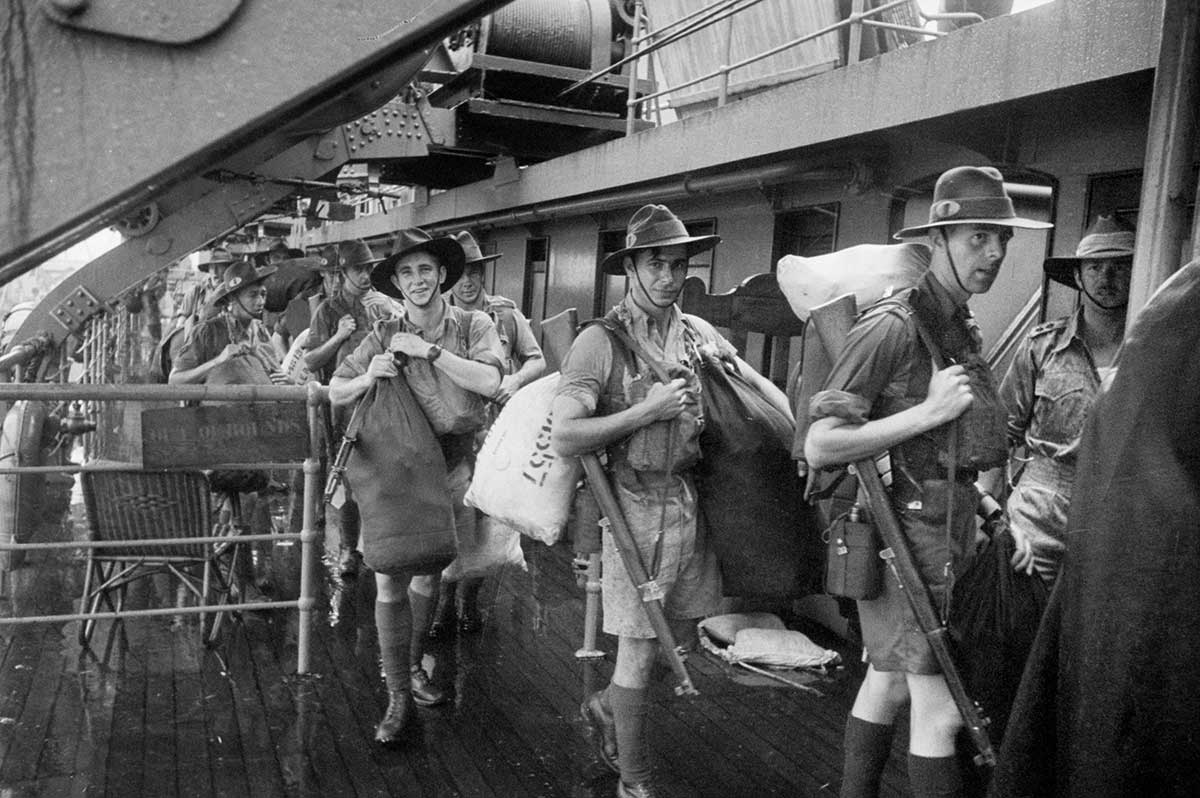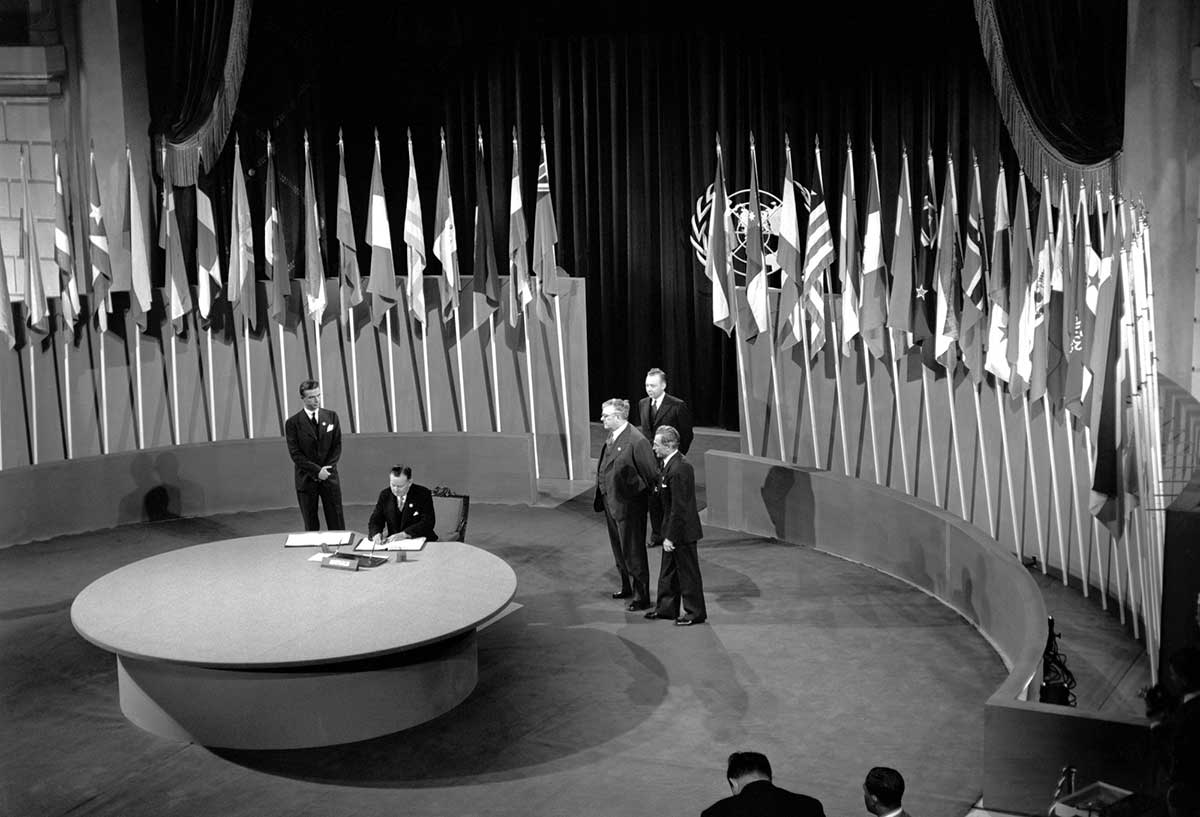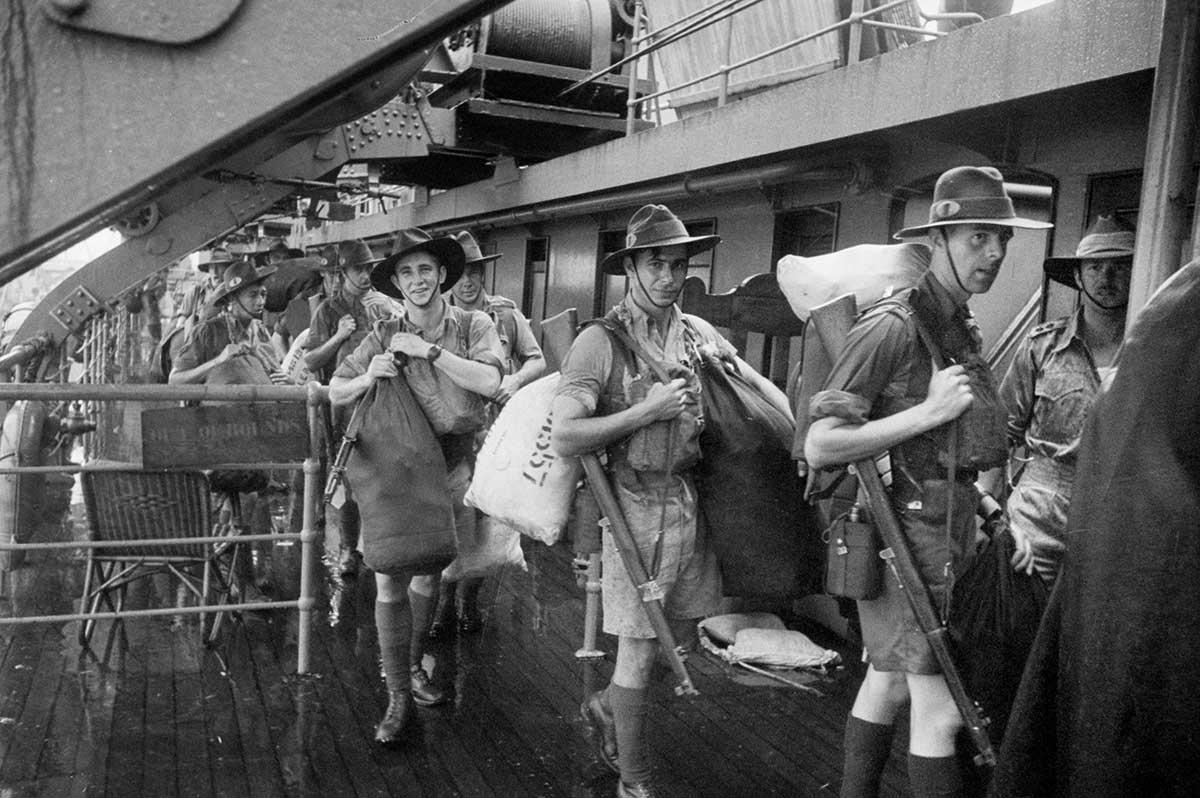Learning module:
Second World War Defining Moments, 1939–1945
Investigation 4: Australia and the world
4.4 1942 Defying Churchill: Curtin brings home troops
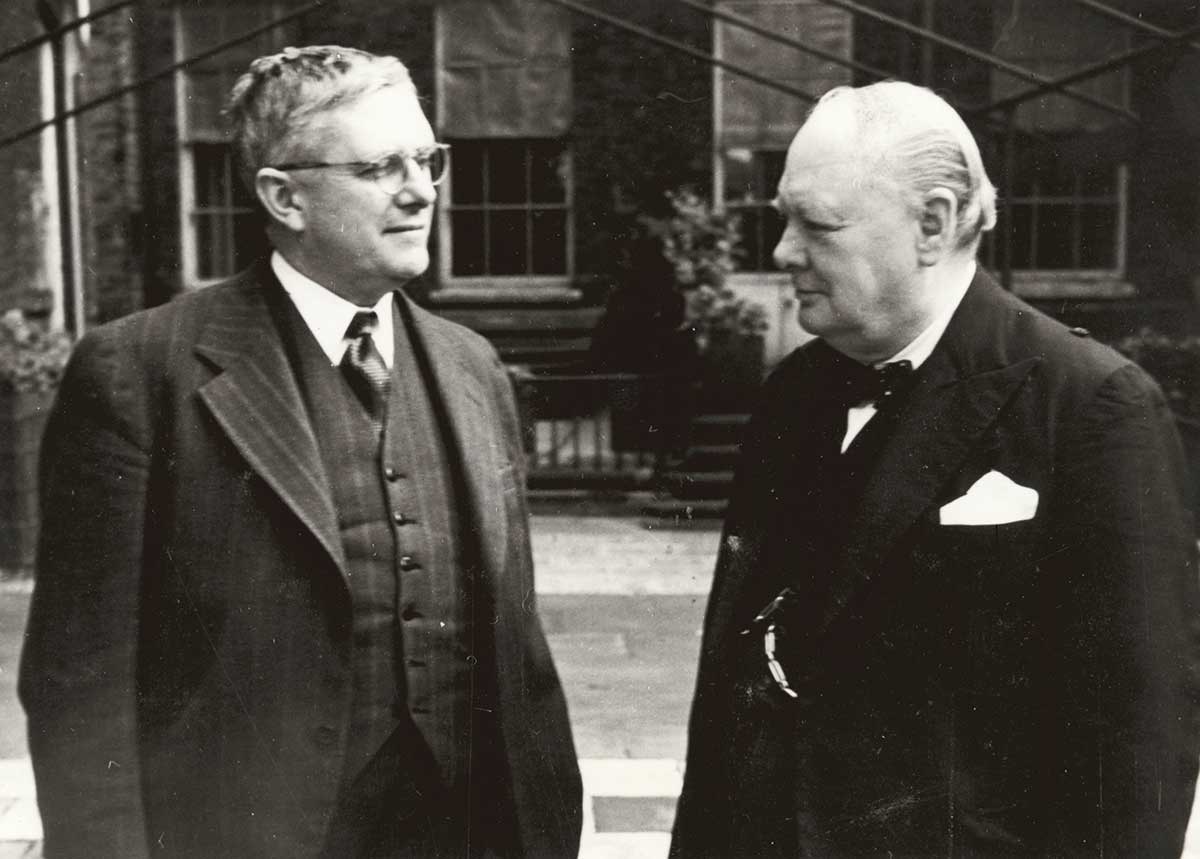
An event during the Second World War that affected Australia’s international relationships was the conflict between Australian Prime Minister John Curtin and British Prime Minister Winston Churchill over the return of Australian troops from the Mediterranean theatre of war.
1. What was Australia’s response to the outbreak of war in 1939? Why?
2. What commitment did Australia make to the European war?
3. What difference did the change of Prime Minister and government in Australia make?
4. How did the entry of Japan and the fall of Singapore change the focus of Australia’s defence policy?
5. Why were Australian troops recalled from the Middle East?
6. Where did Churchill want these troops sent? Why?
7. Where did Curtin want these troops sent? Why?
8. What did Churchill order?
9. What do you think might have happened if Churchill’s orders were obeyed?
10. How did this event show a change in attitude of the Australian Government towards Britain?
11. Now complete this sentence:
12. Here is a cartoon by Australian cartoonist Mahoney. Look at it closely and complete the table below.
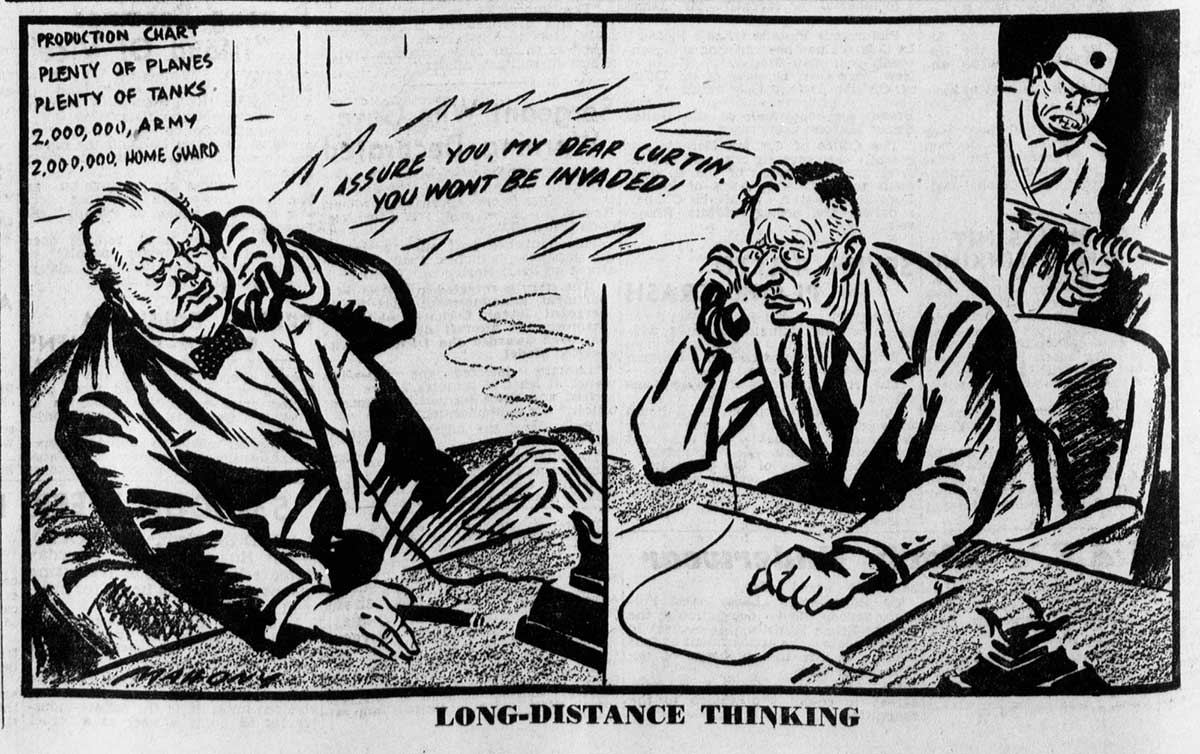
| a) Who is in the cartoon? | |
| b) What are the figures doing/saying? | |
| c) How are they drawn (e.g. sympathetically, critically)? | |
| d) What is the attitude or tone of the cartoon? | |
| e) What is the message or meaning of this cartoon? | |
| f) Does it accurately reflect the historical reality of the time? | |
| g) Do you think it would have been an effective cartoon at the time? | |
| h) Is it is a useful primary source to help you understand the period? Why? | |
| i) What does it tell you about Australia’s changing international situation? |








